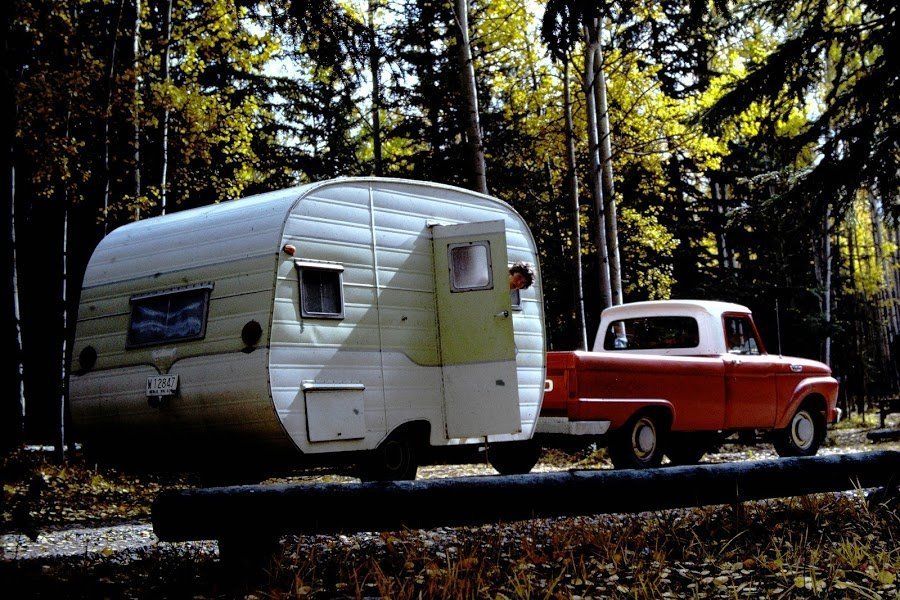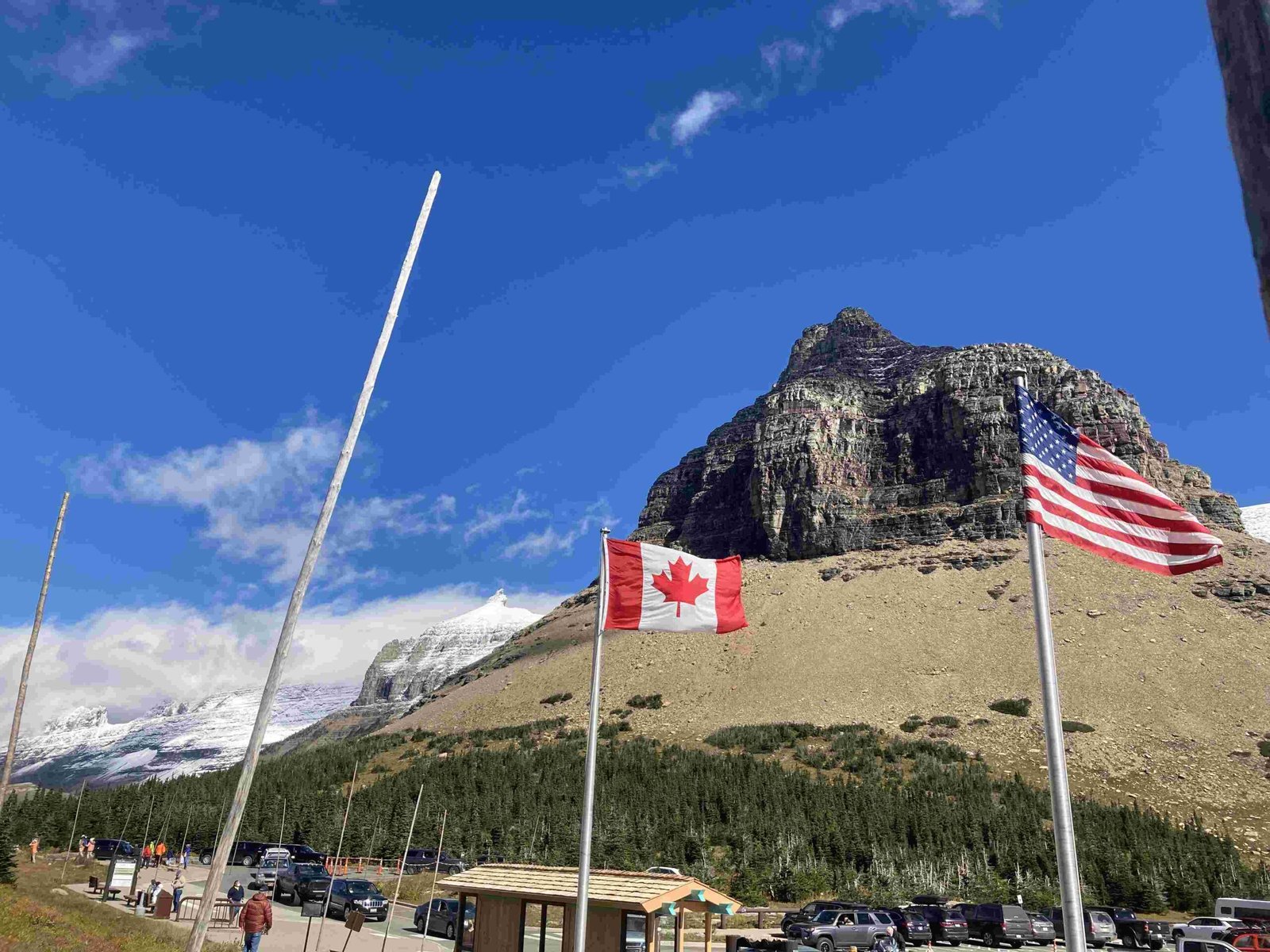Glacier National Park, a crown jewel of the American wilderness, generates substantial economic benefits for surrounding communities. In 2023, nearly 3 million visitors contributed over $372 million in direct spending, resulting in a cumulative economic impact of $554 million. This economic powerhouse supports over 5,700 jobs in the region, demonstrating the park’s crucial role in local economies through tourism, hospitality, and conservation efforts.
What Are the Key Tourism Revenue Figures for Glacier National Park?

The economic impact of Glacier National Park is significant and multifaceted. Let’s break down the key figures for 2023:
- Total visitors: 2,933,616
- Direct visitor spending: $372,129,000
- Cumulative economic benefit: $554,585,000
This data showcases the park’s role as a major economic driver for the region. The substantial visitor spending translates into a larger economic benefit, illustrating the multiplier effect of tourism dollars in local communities.
How Does Visitor Spending Break Down by Sector?
While specific sector breakdowns for Glacier National Park are not available, national trends provide insight into how visitor spending typically distributes across different industries:
- Lodging: Nationally, this sector receives the highest direct contributions.
- Restaurants: The second-largest beneficiary of visitor spending.
- Retail: Including souvenir shops and outdoor gear stores.
- Recreation: Encompassing activities like guided tours and equipment rentals.
- Transportation: Including local transit and fuel purchases.
These sectors form the backbone of the tourism economy surrounding Glacier National Park, each playing a crucial role in the overall economic impact.
What Job Creation Results from Glacier National Park’s Tourism?

The economic impact of Glacier National Park extends beyond direct spending to significant job creation. In 2023, tourism spending supported 5,725 jobs in the local area. This employment spans various sectors:
- Hospitality (hotels, motels, vacation rentals)
- Food services (restaurants, cafes, food trucks)
- Retail (gift shops, outdoor equipment stores)
- Recreation services (tour guides, outfitters)
- Park operations and maintenance
These jobs represent a vital source of income for local residents and contribute to the year-round economic stability of communities surrounding the park.
How Does Seasonal Tourism Affect Employment Patterns?
Glacier National Park’s tourism is highly seasonal, with peak visitation occurring during the summer months. This seasonality creates unique employment patterns:
- Summer surge: A significant increase in temporary and seasonal positions.
- Shoulder season opportunities: Growing interest in spring and fall visits extends employment for some workers.
- Year-round core staff: Essential personnel maintain operations throughout the year.
- Indirect employment: Tourism supports jobs in sectors like construction and professional services that may be less seasonal.
Understanding these patterns is crucial for local workforce development and economic planning.
What Is the Economic Multiplier Effect of Glacier National Park Tourism?
The economic multiplier effect is a key component of the economic impact of Glacier National Park. This effect occurs when initial visitor spending circulates through the local economy, creating additional economic activity. For Glacier National Park in 2023:
- Initial visitor spending: $372,129,000
- Resulting economic benefit: $554,585,000
- Multiplier effect: Approximately 1.49
This means that for every dollar spent by visitors, an additional $0.49 of economic activity was generated in the local economy. This multiplier effect demonstrates the far-reaching impact of park tourism on the regional economy.
How Does the Multiplier Effect Benefit Different Economic Sectors?
The multiplier effect benefits various sectors of the local economy:
| Sector | Direct Benefit | Indirect Benefit |
|---|---|---|
| Lodging | Guest payments | Increased demand for linens, cleaning services |
| Restaurants | Meal purchases | Higher orders from local food suppliers |
| Retail | Souvenir sales | Increased inventory orders, local crafts demand |
| Services | Tour bookings | Equipment maintenance, marketing services |
This table illustrates how initial tourist spending creates ripple effects throughout the local economy, supporting a wide range of businesses and services.
What Funding Mechanisms Support Conservation Efforts in Glacier National Park?
While specific allocations are not detailed in the available reports, the economic impact of Glacier National Park includes funding for conservation efforts. Typical funding sources include:
- Federal appropriations
- Entrance and user fees
- Concession fees from park vendors
- Donations and grants
- Special use permits
These diverse funding streams help maintain the park’s natural beauty and ecological integrity, which are essential for its continued economic impact.
How Do Conservation Efforts Contribute to the Park’s Economic Impact?
Conservation initiatives play a crucial role in sustaining the economic impact of Glacier National Park:
- Preserving attractions: Maintaining the park’s natural features ensures continued visitor interest.
- Research opportunities: Scientific studies attract funding and specialized jobs.
- Educational programs: Enhance visitor experience and support employment in interpretation roles.
- Ecosystem services: Healthy park ecosystems provide valuable services like clean water and air to surrounding communities.
By protecting the park’s resources, conservation efforts help secure its long-term economic benefits for the region.
What Are the Challenges in Balancing Economic Growth and Environmental Protection?
The significant economic impact of Glacier National Park presents both opportunities and challenges:
- Overcrowding: High visitor numbers can strain park resources and infrastructure.
- Seasonal economic fluctuations: Businesses must navigate busy summers and quiet winters.
- Environmental pressures: Increased tourism can lead to habitat disturbance and pollution.
- Infrastructure needs: Balancing development for visitors with preservation of natural areas.
- Climate change impacts: Adapting to changing conditions while maintaining economic benefits.
Addressing these challenges requires careful management and collaboration between park authorities, local communities, and businesses to ensure sustainable economic growth.
What Strategies Can Maximize Economic Benefits While Preserving the Park?
To optimize the economic impact of Glacier National Park while protecting its natural resources, consider:
- Implementing visitor capacity limits during peak seasons
- Promoting off-season tourism to extend economic benefits year-round
- Investing in sustainable infrastructure and green technologies
- Developing eco-tourism initiatives that align with conservation goals
- Encouraging local businesses to adopt environmentally friendly practices
- Educating visitors on responsible tourism and conservation
By adopting these strategies, Glacier National Park can continue to provide significant economic benefits while preserving its ecological integrity for future generations.